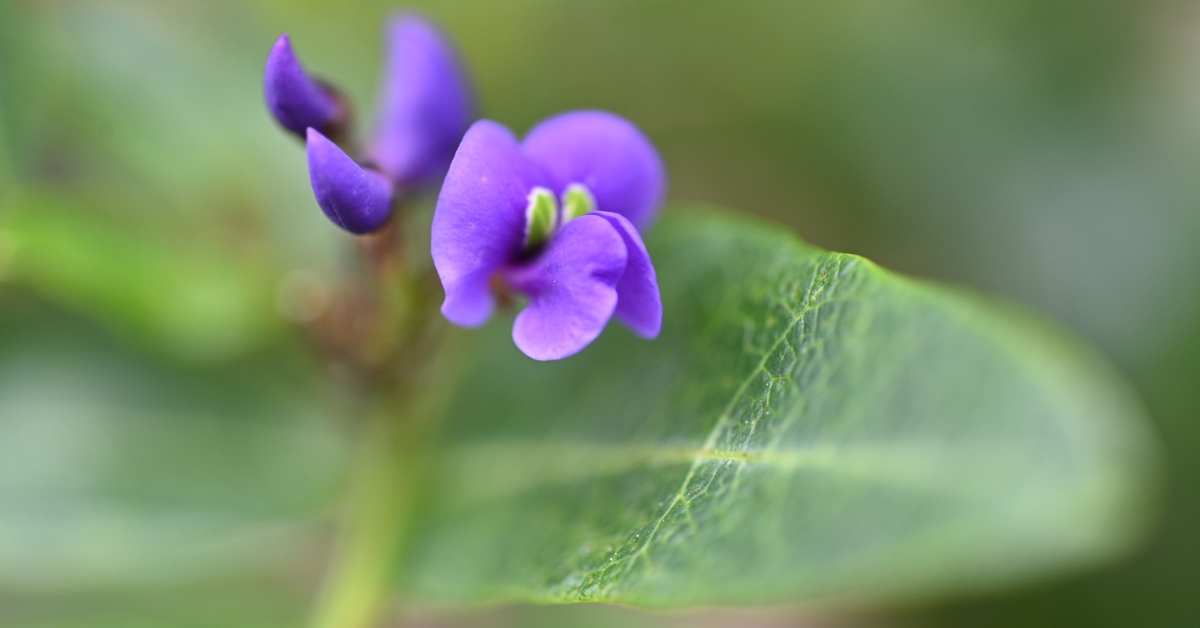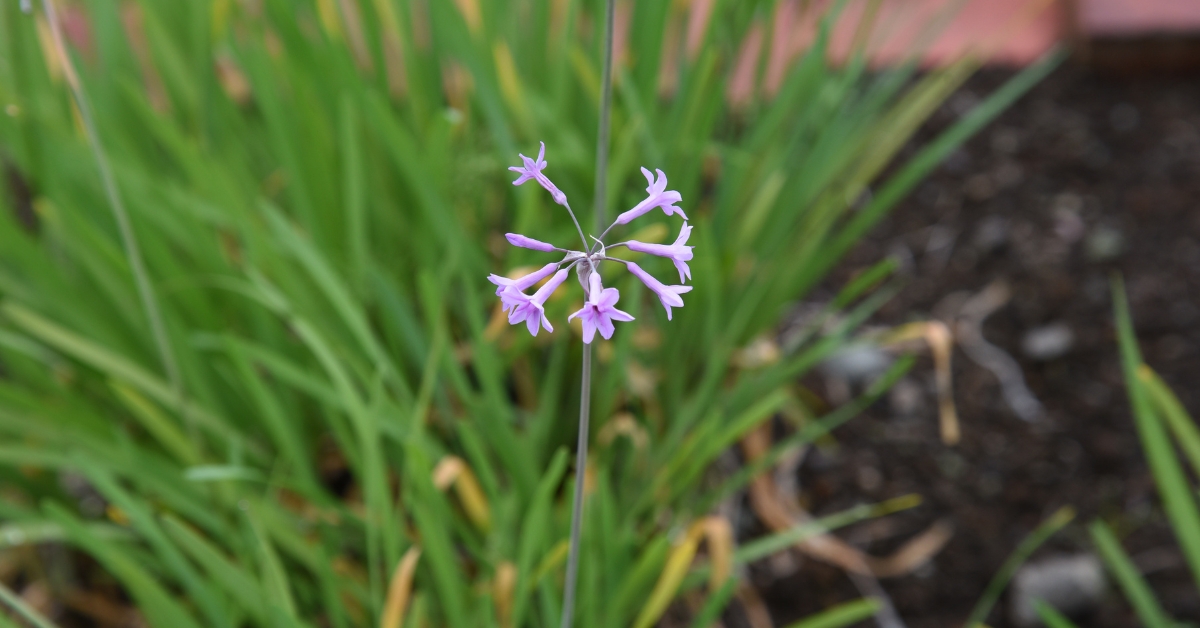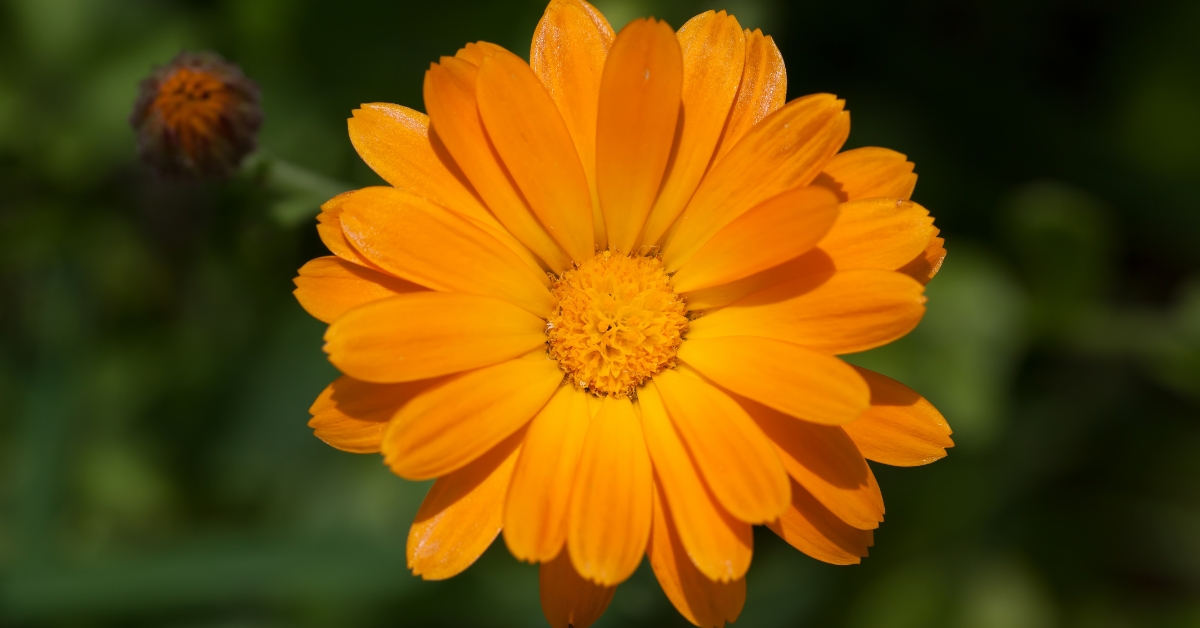If you’re looking for a climbing plant that brings color, vigor, and low maintenance to your garden, Hardenbergia violacea is a great choice. Commonly known as false sarsaparilla, purple coral pea, or Happy Wanderer, this Australian native is a hardy evergreen vine with showy pea-like flowers and attractive foliage. I’ve grown it along my fence line, and it quickly became a favorite — both for the color it brings and how little it demands in return.
Let’s explore what makes Hardenbergia violacea a standout plant and how to keep it thriving in your garden.
Plant Details at a Glance
| Feature | Details |
|---|---|
| Available Colors | Purple (most common), pink, white |
| Bloom Time | Late winter to early spring |
| Height Range | 6 to 10 feet (can climb higher with support) |
| Space Range | Spreads 3 to 6 feet |
| Temperature Range | 40°F to 90°F (hardy down to 20°F once mature) |
| Plant Light | Full sun to part shade |
| Companion Plants | Grevillea, kangaroo paw, rosemary, lavender |
What Is Hardenbergia violacea?
Hardenbergia violacea is part of the legume family, Fabaceae, and grows naturally across southeastern Australia. It’s a vigorous climber but can also be pruned to grow as a shrubby groundcover. Its leaves are dark green and lance-shaped, while its flowers appear in dense, hanging clusters — a stunning sight in late winter when most plants are still dormant.
The purple form is the most common in gardens, but pink and white-flowered cultivars like ‘White Out’ or ‘Rosea’ are also popular. Thanks to its fast growth and flexible structure, you can train it along trellises, fences, or even over arbors for dramatic seasonal displays.
Growing Conditions and Detailed Care Guide
1. Sunlight Requirements
Hardenbergia violacea thrives in full sun but tolerates part shade — though you’ll get the best flower display in a sunny spot. In hotter climates, it benefits from some afternoon shade to prevent leaf scorch. I’ve seen it perform well on an east-facing fence that gets plenty of morning sun but is shaded in the afternoon.
2. Watering and Soil
While drought-tolerant once established, young plants need regular watering to build strong root systems. Water deeply but infrequently. The soil should be well-draining; sandy or loamy soil with good organic matter works best. Avoid heavy clay that holds water too long, as that can lead to root rot.
3. Pruning and Support
After blooming, prune lightly to maintain shape and encourage bushiness. Hardenbergia responds well to trimming and can be kept compact or shaped into a small hedge. For climbing forms, install a trellis or wire structure early, as it twines naturally. Without support, it’ll sprawl and become more like a groundcover.
4. Fertilizing
Hardenbergia doesn’t need much feeding. A slow-release, low-phosphorus fertilizer in spring is sufficient. Overfeeding, especially with high phosphorus, can actually reduce flowering or damage roots, as it’s a legume and already fixes nitrogen from the soil.
5. Pests and Diseases
This plant is generally pest-resistant and low-maintenance. However, young growth can occasionally be nibbled by caterpillars or snails. Keep an eye out in spring, and remove any pests manually or use an organic solution. Yellowing leaves can be a sign of overwatering or poor drainage.
6. Cold Tolerance
Once established, Hardenbergia can withstand brief frosts (down to about 20°F). In very cold areas, mulching the base and providing wind protection can help young plants survive. If grown in a pot, it can be moved to a sheltered area during harsh winter conditions.
Where to Plant It
This vine works beautifully along fences, pergolas, and garden walls. It also makes a stunning feature when allowed to cascade over retaining walls or trained on an archway. In smaller gardens or balconies, Hardenbergia violacea can be grown in large containers with a vertical trellis. Just be sure the pot has good drainage and gets at least a few hours of sunlight each day.
In native or drought-tolerant gardens, Hardenbergia pairs well with Grevillea, lavender, and kangaroo paw, offering a mix of textures, colors, and wildlife appeal. Bees and butterflies are drawn to the early blooms, making it a great choice for pollinator gardens.
Final Thoughts
Hardenbergia violacea is a fantastic option for anyone seeking a fast-growing, low-maintenance plant that delivers bursts of early spring color. Its adaptability, resilience, and visual appeal make it suitable for both beginner and experienced gardeners. I’ve always appreciated how it wakes up the garden when everything else is still asleep — it really does live up to the name Happy Wanderer.




